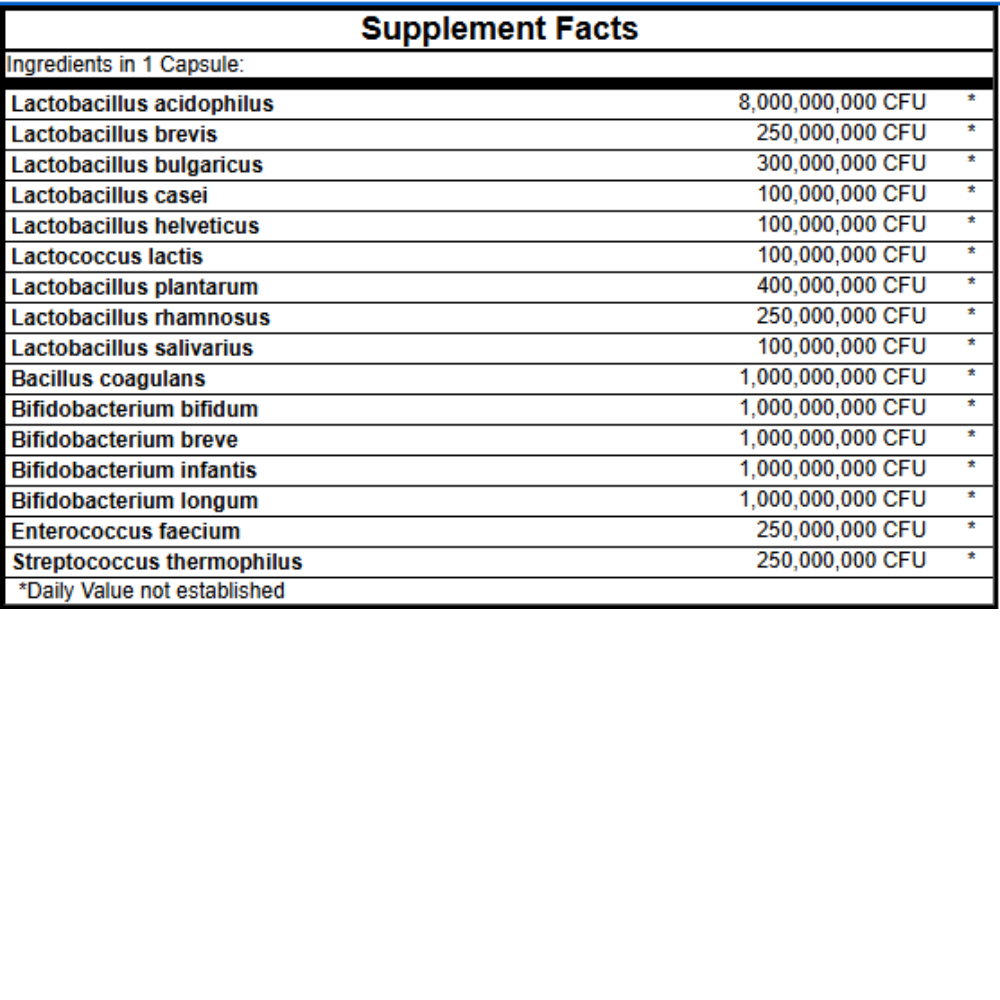






Frequently Asked Questions about CandidAss't
How Does CandidAss't Work?
Ingredients For CandidAss't
CandidAss't Comparison
| Feature | Candida Support (CandidAsst) | Competing Candida Supplement A | Competing Candida Supplement B |
|---|---|---|---|
| Supports Healthy Yeast Balance | Yes | Yes | No |
| Promotes Digestive Health | Yes | Partially | Yes |
| Natural Ingredients | Yes, 100% | Mostly | Some synthetic ingredients |
| Probiotic Support | Yes | No | No |
| Vegan-Friendly | Yes | No | No |
| Free from GMOs | Yes | Yes | No |
| Contains Prebiotics | Yes | No | No |
Why Would You Use CandidAss't
Directions for Use For CandidAss't
About Colloids For Life
|
Colloids for Life LLC
Natural Supplements and Vitamins for Optimum Health
Colloids for Life LLC is dedicated to health and wellness, including offering top quality, natural supplements and encouraging a healthy lifestyle that includes good nutrition and exercise. For a variety of useful health tips as well as the latest health news, subscribe to our newsletter, sign up for our blog feed, like us on Facebook and/or follow us on Twitter.
Location Colloids for Life is located at: 7100 Broadway Bldg 2RS Denver CO 80221 |










